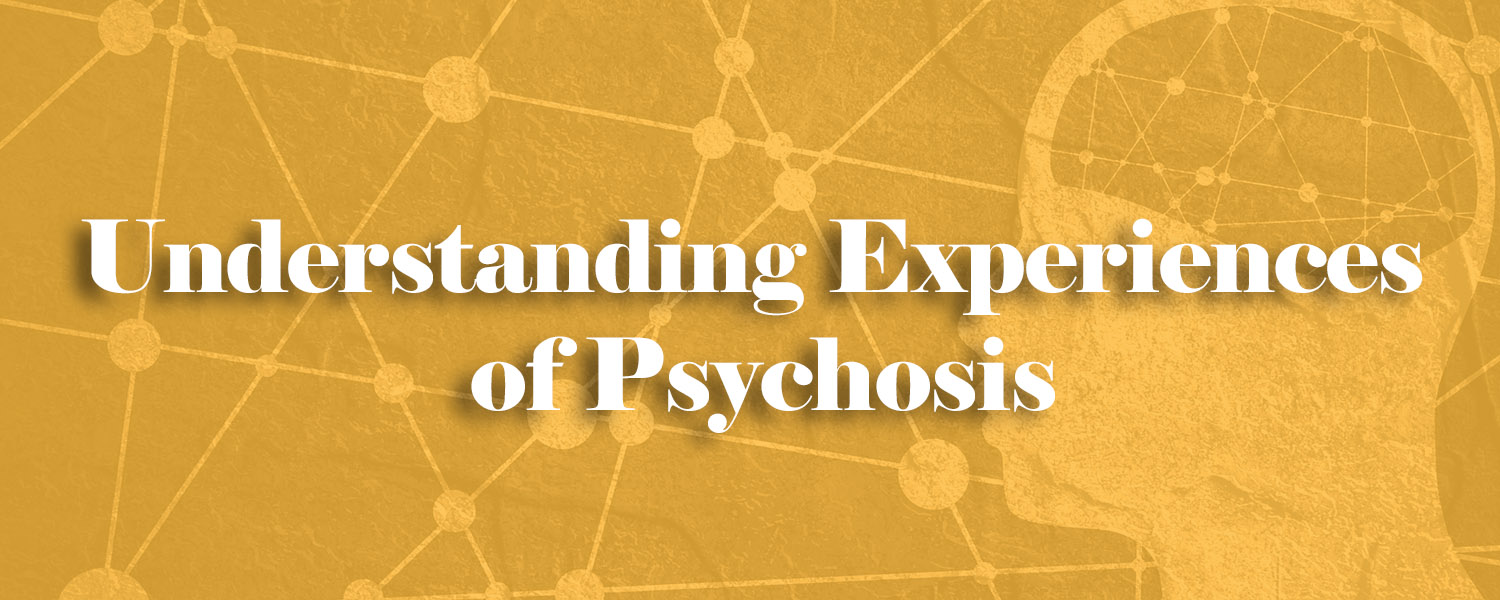
Positive & Negative Symptoms
You may hear people refer to ‘positive symptoms’ and ‘negative symptoms’. This can be confusing, especially as it can be hard to see how any of these experiences can be positive.
Positive symptoms –
is actually used to describe experiences that are not usually present i.e. they are additional to what the person is usually like. The most common ones include:
- Hearing voices or noises that others can’t hear,(auditory hallucinations)
- Seeing things that others can’t see (visual hallucinations)
- Having strongly held unusual or bizarre beliefs that most other people would not share (delusions)
- Not thinking straight and therefore difficult to follow when talking (thought disorder)
Watch a service user, Siobhan talk about experiencing paranoia.
Negative symptoms –
describe a lack of or loss of experiences that are usually there, i.e. they take something away from what the person is usually like. The most common ones include:
- Loss of motivation or energy
- Loss of pleasure in everyday activities
- Withdrawal from relationships and activities
Negative symptoms are sometimes more difficult to understand and they can build up gradually. This makes them difficult to distinguish from:
- Normal teenage angst
- Sedation effects from medication
- Depression
Cognitive Problems
Many people with psychosis also have additional problems that you may notice. The most common are problems with ‘cognitive functioning’. This includes things like memory, learning, planning and attention. You may also notice changes in their ability to understand social situations. They may seem less able to understand how other people are feeling, or what their intentions are. If you or your relative are worried about any of these, then it’s important to mention to the clinical team as strategies are available that can help.
You can find out more in later modules – ‘Module 3 – Managing Positive Symptoms’ and ‘Module 4 – Managing Negative Symptoms’.


